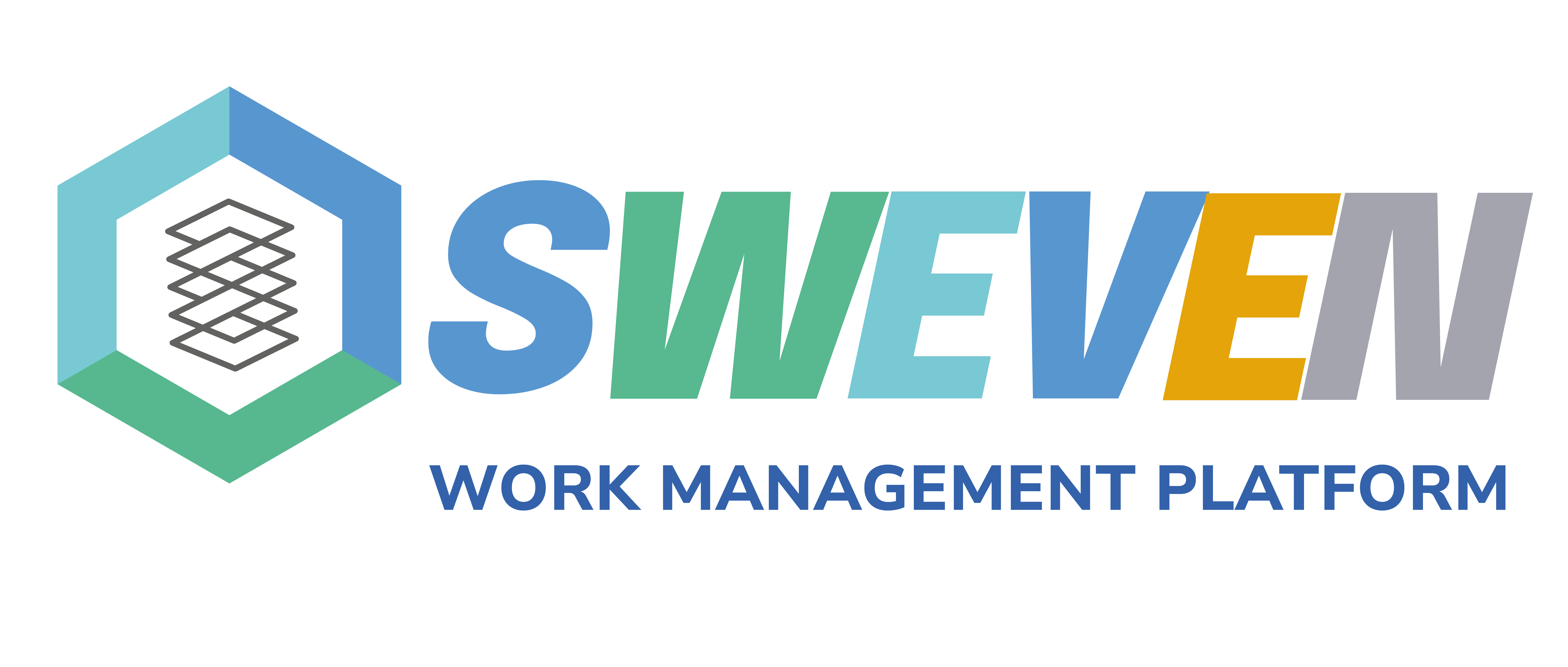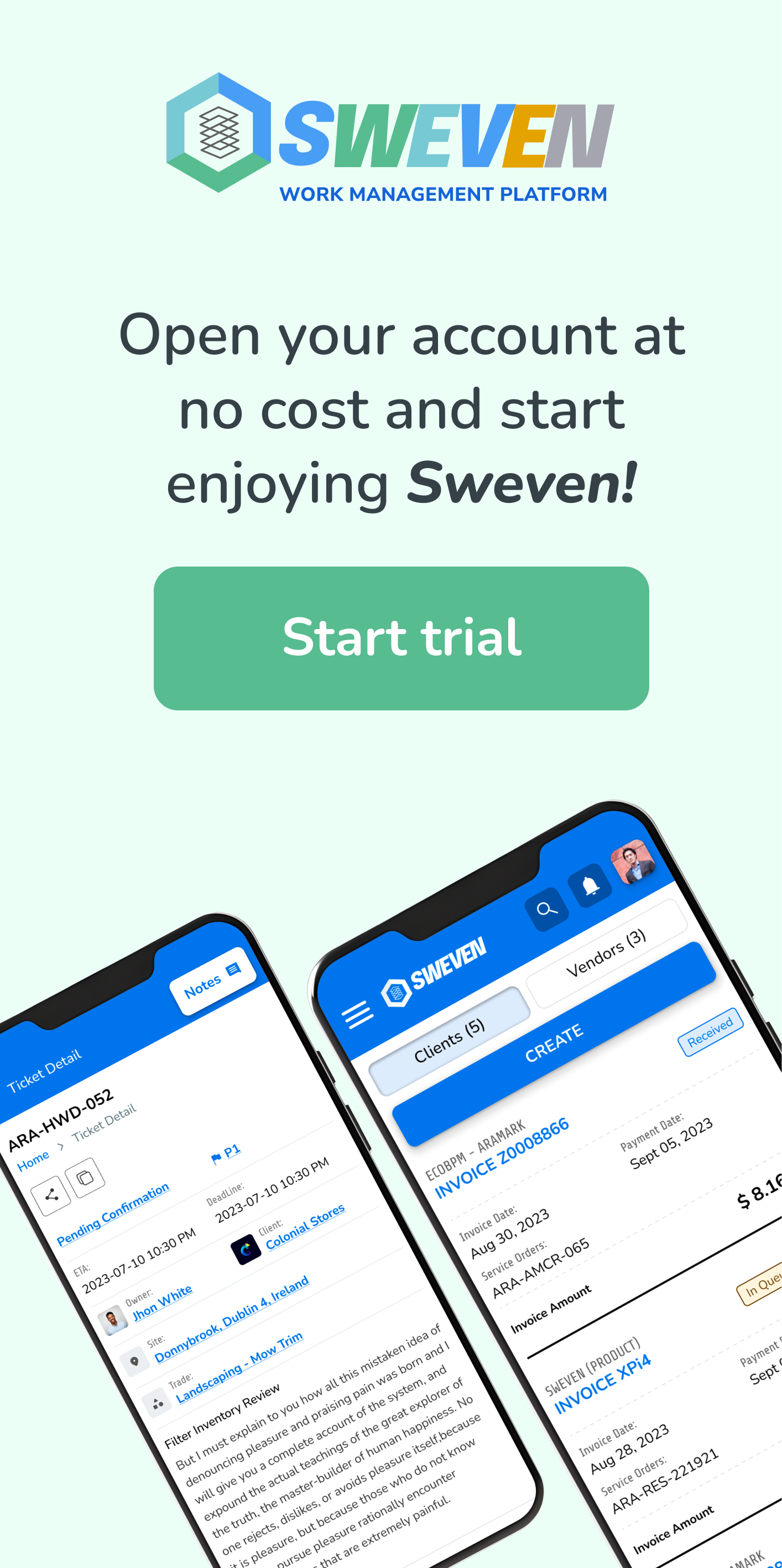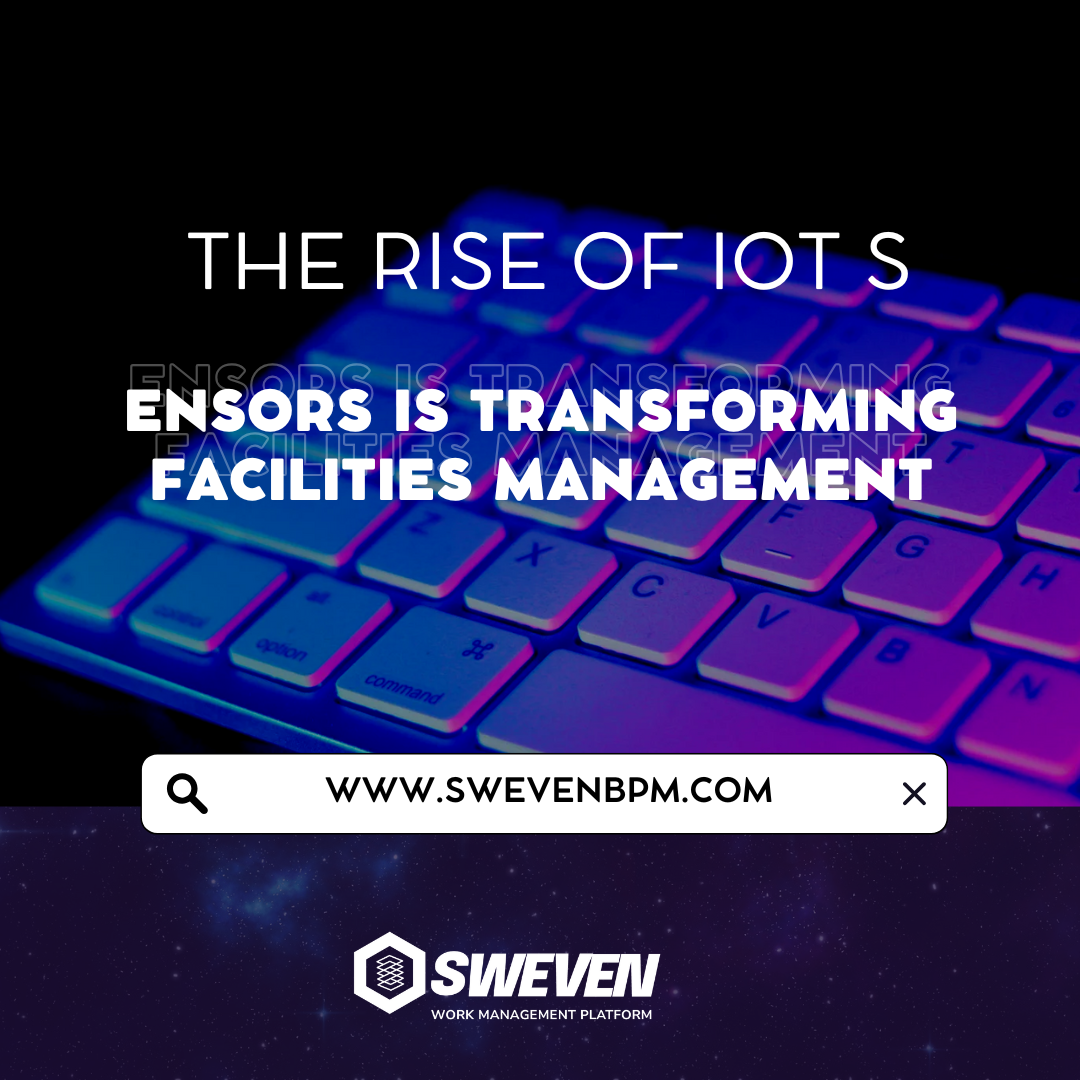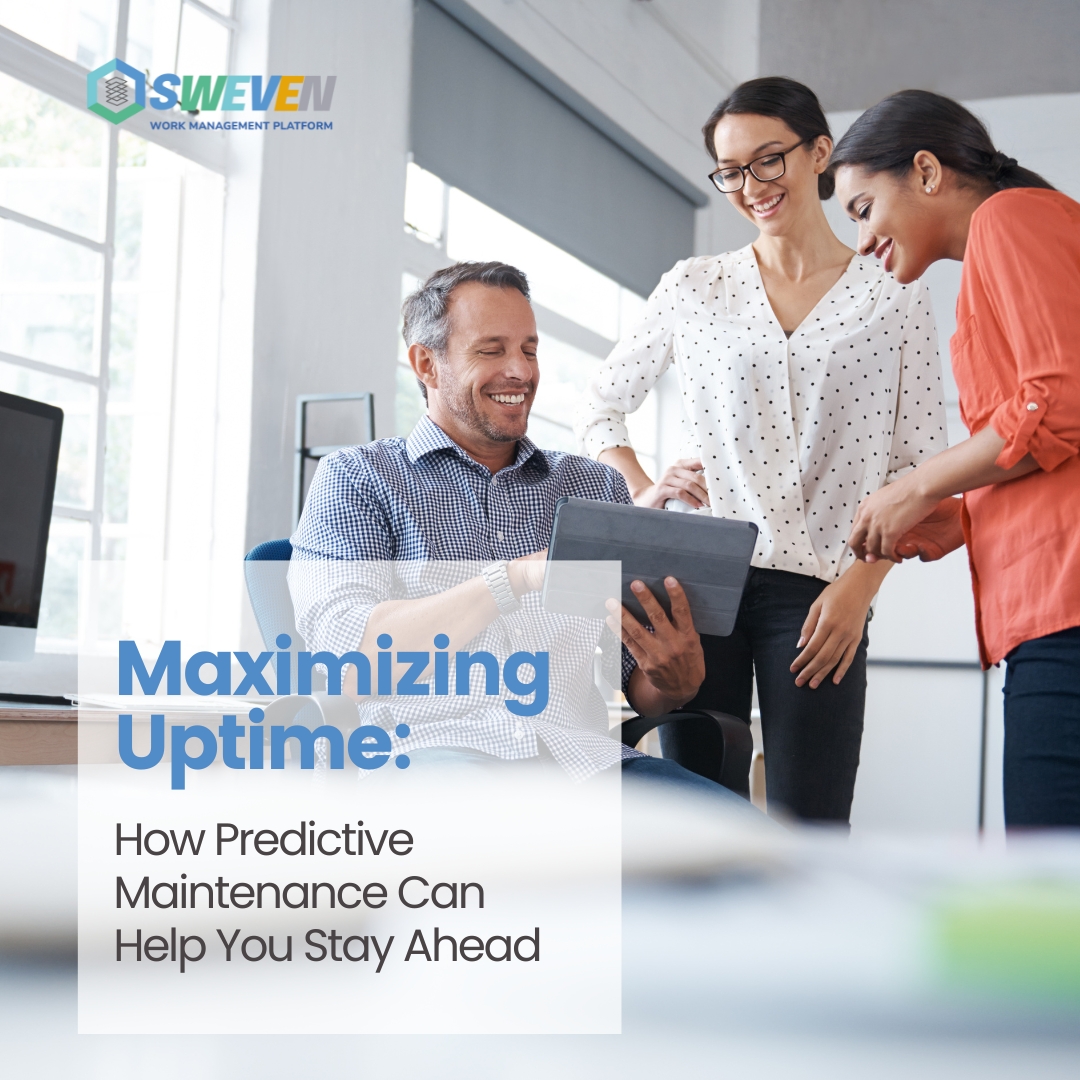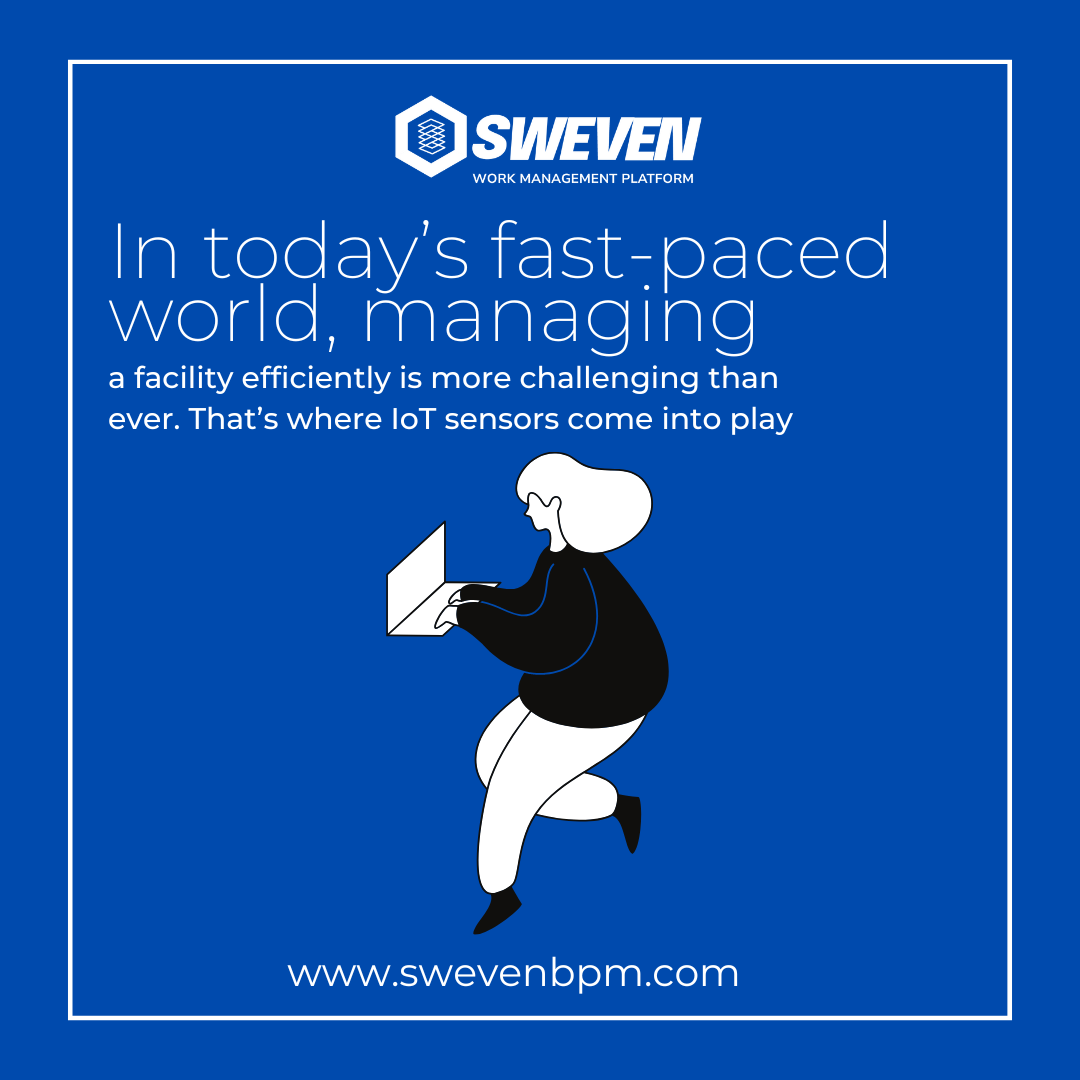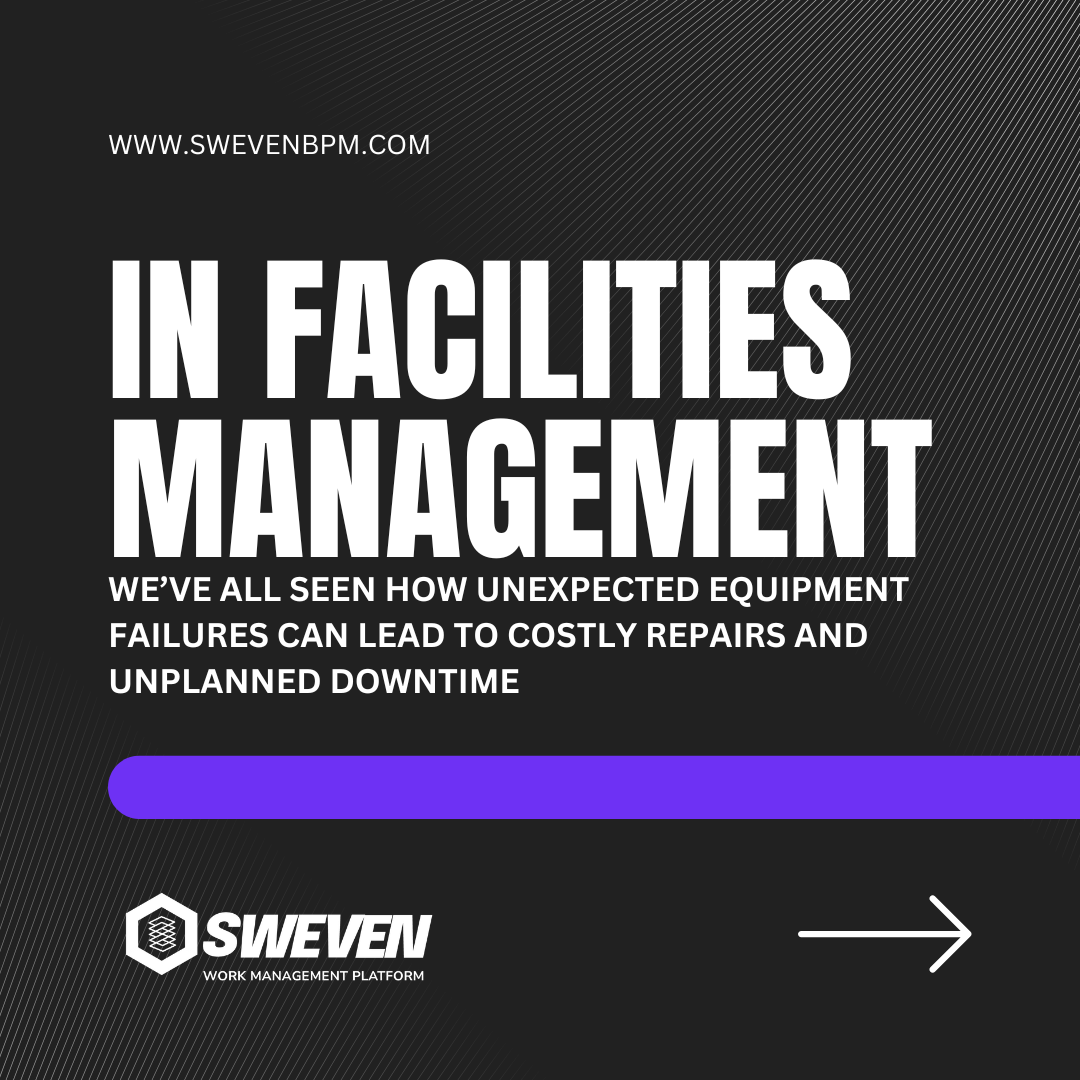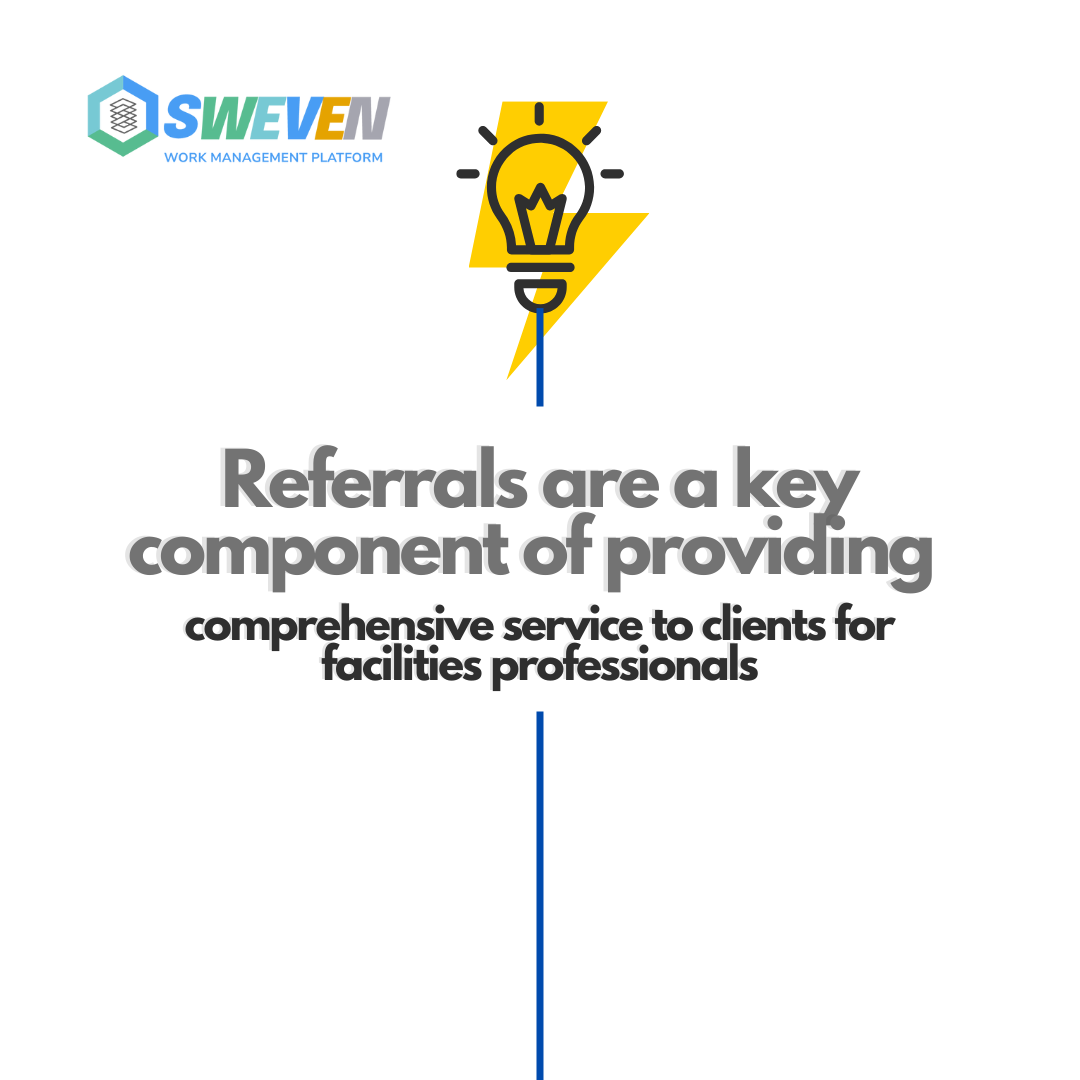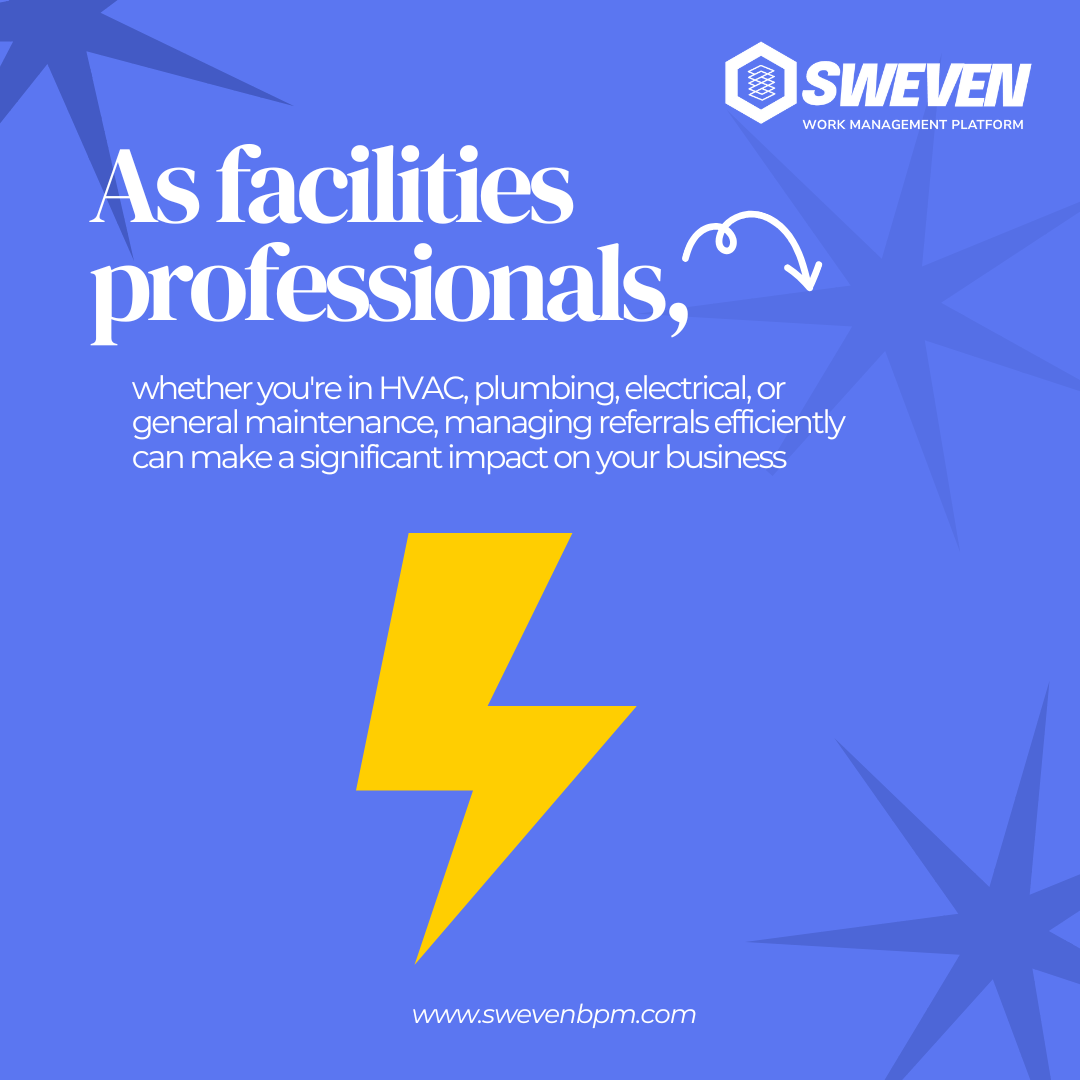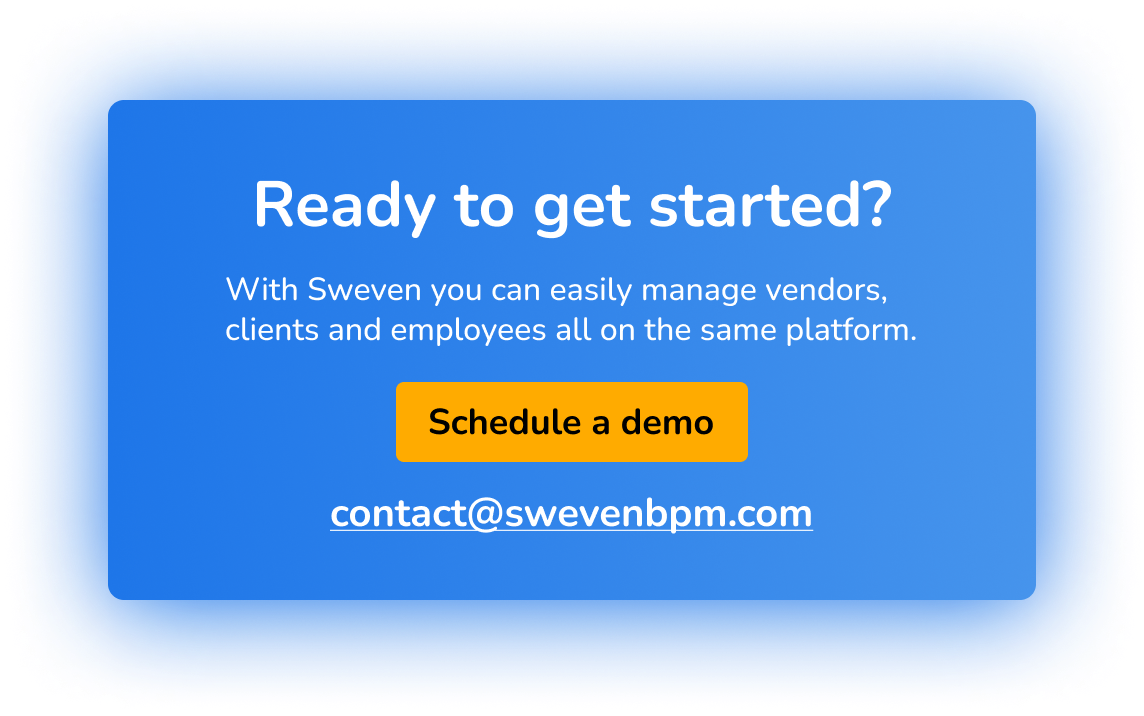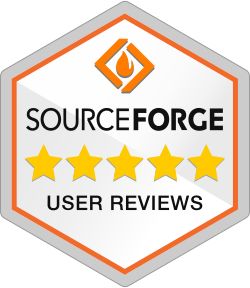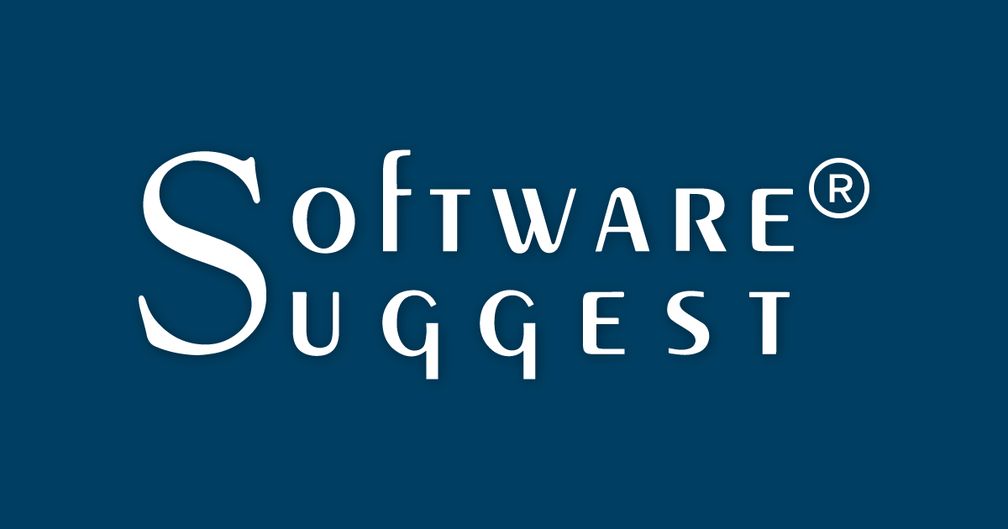In the modern world of facilities maintenance, data is a valuable asset. However, many organizations struggle to turn their vast amounts of maintenance data into actionable insights. Without the ability to analyze data effectively, opportunities to optimize maintenance strategies, improve efficiency, and reduce costs are often missed. The solution lies in utilizing advanced data analytics and machine learning to analyze maintenance data, identify trends, and make informed decisions. This approach can transform how facilities are managed, driving better outcomes and long-term success.

Understanding the Pain Point: Lack of Actionable Insights from Maintenance Data
Facilities maintenance generates a significant amount of data, including:
- Equipment Performance Data: Information on the operating condition, efficiency, and performance of machinery and systems.
- Maintenance Records: Historical data on maintenance activities, including inspections, repairs, and replacements.
- Operational Metrics: Data related to the overall operation of the facility, such as energy usage, downtime, and production rates.
Despite the availability of this data, many organizations face challenges in extracting actionable insights:
- Data Overload: The sheer volume of data can be overwhelming, making it difficult to identify what is important.
- Lack of Integration: Data is often siloed in different systems, preventing a comprehensive view of maintenance operations.
- Limited Analytical Tools: Traditional tools and methods may not be sufficient to analyze complex data sets and uncover meaningful trends.
Skill Gaps: A lack of expertise in data analytics and machine learning can hinder the ability to derive insights from data.

Solution: Utilizing Advanced Data Analytics and Machine Learning
Advanced data analytics and machine learning provide powerful tools for transforming maintenance data into actionable insights. By leveraging these technologies, organizations can analyze data more effectively, identify trends, and make informed decisions to optimize maintenance strategies.
Data Integration and Consolidation
The first step in capitalizing on data analytics is to integrate and consolidate maintenance data from various sources.
- Unified Data Platforms: Use unified data platforms to collect and centralize data from different systems, creating a comprehensive data repository.
- Data Cleaning and Preparation: Clean and prepare data to ensure accuracy and consistency, removing duplicates and correcting errors.
Advanced Data Analytics
Advanced data analytics techniques can uncover patterns and trends in maintenance data that traditional methods might miss.
- Descriptive Analytics: Analyze historical data to understand past performance and identify recurring issues or patterns.
- Diagnostic Analytics: Investigate the causes of equipment failures or maintenance issues, helping to pinpoint root causes.
- Predictive Analytics: Use predictive analytics to forecast future maintenance needs based on historical data and current conditions, allowing for proactive maintenance planning.
- Prescriptive Analytics: Provide recommendations for optimal maintenance actions based on data insights, helping to make informed decisions.
Machine Learning
Machine learning algorithms can enhance data analysis by learning from data and improving over time.
- Anomaly Detection: Use machine learning to detect anomalies in equipment performance data, identifying potential issues before they lead to failures.
- Predictive Maintenance: Develop predictive maintenance models that predict when equipment is likely to fail, enabling timely interventions.
- Optimization Algorithms: Implement optimization algorithms to determine the most efficient maintenance schedules and resource allocation.
Benefits of Data Analytics and Machine Learning in Facilities Maintenance
Utilizing advanced data analytics and machine learning in facilities maintenance offers numerous benefits:
- Informed Decision-Making: Access to actionable insights enables better decision-making, leading to more effective maintenance strategies.
- Proactive Maintenance: Predictive analytics allow for proactive maintenance, reducing the frequency and severity of unexpected breakdowns.
- Cost Reduction: Optimizing maintenance activities can reduce costs by minimizing downtime, extending equipment lifespan, and improving resource allocation.
- Enhanced Efficiency: Data-driven maintenance strategies improve operational efficiency, ensuring that maintenance efforts are focused where they are most needed.
Continuous Improvement: Ongoing analysis and machine learning enable continuous improvement, allowing maintenance strategies to evolve and adapt over time.

Conclusion
The lack of actionable insights from maintenance data is a significant challenge for facilities management. However, by leveraging advanced data analytics and machine learning, organizations can transform their approach to maintenance, driving better decision-making and optimizing maintenance strategies.
Integrating and analyzing maintenance data provides a comprehensive view of operations, uncovering patterns and trends that inform proactive maintenance planning. Machine learning algorithms enhance this process by detecting anomalies, predicting failures, and optimizing maintenance schedules.
The result is a more efficient, cost-effective, and reliable facilities maintenance operation that can adapt to changing conditions and continuously improve. By capitalizing on data analytics and machine learning, organizations can unlock the full potential of their maintenance data, ensuring long-term success and resilience in a competitive landscape.
